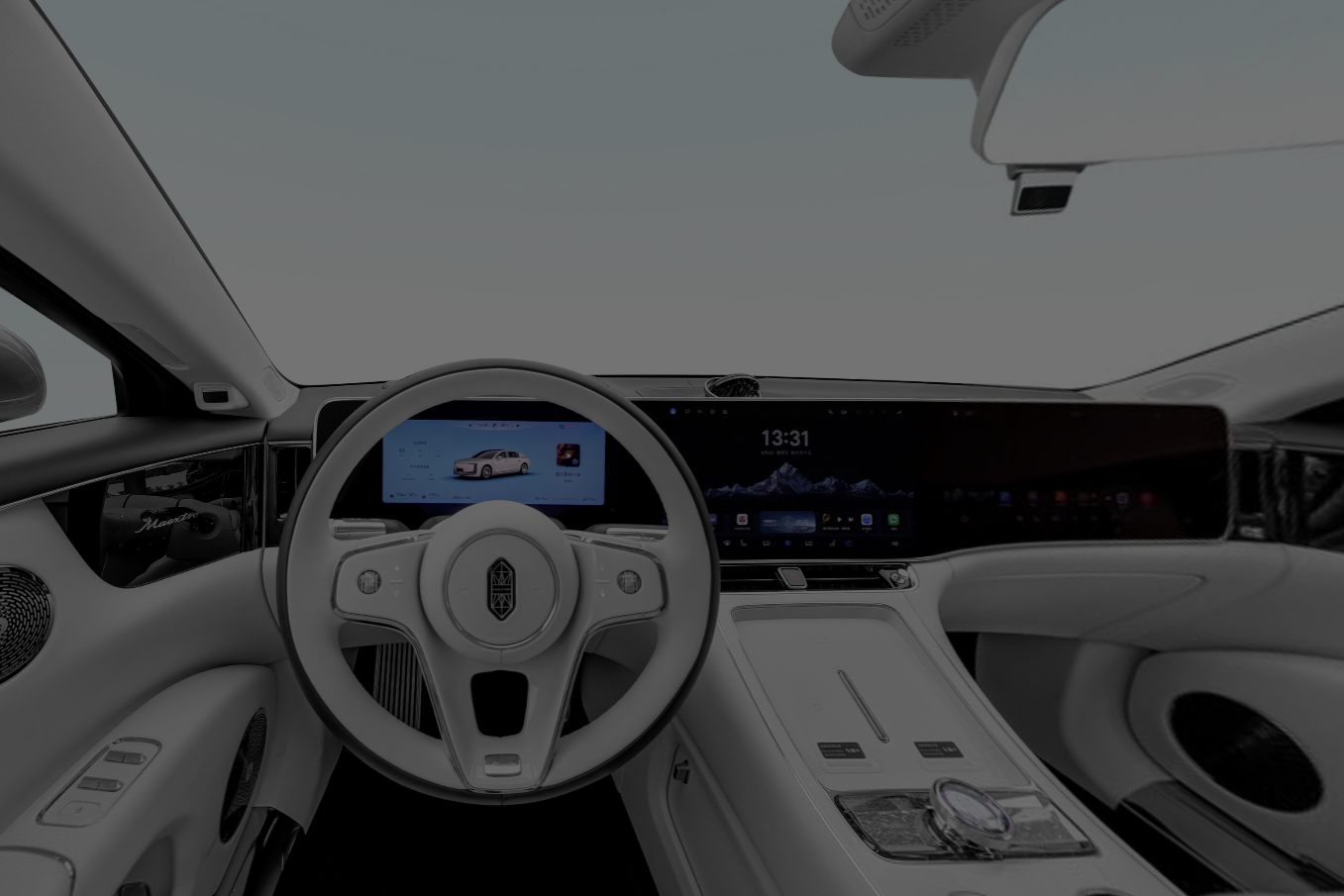PDSF (*Édition de base)
Battery EV | Mid-to-large SUV | 751 KM
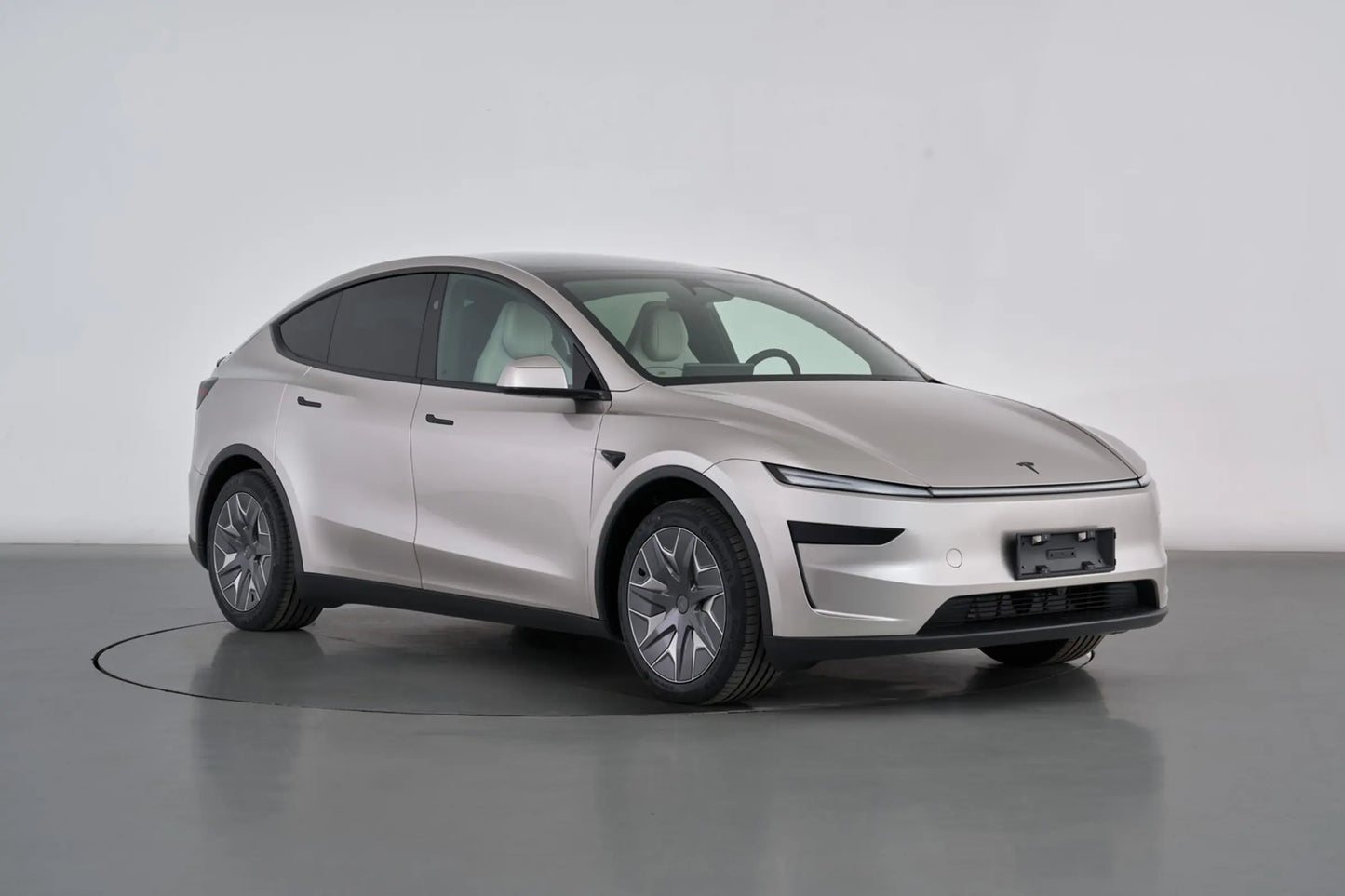
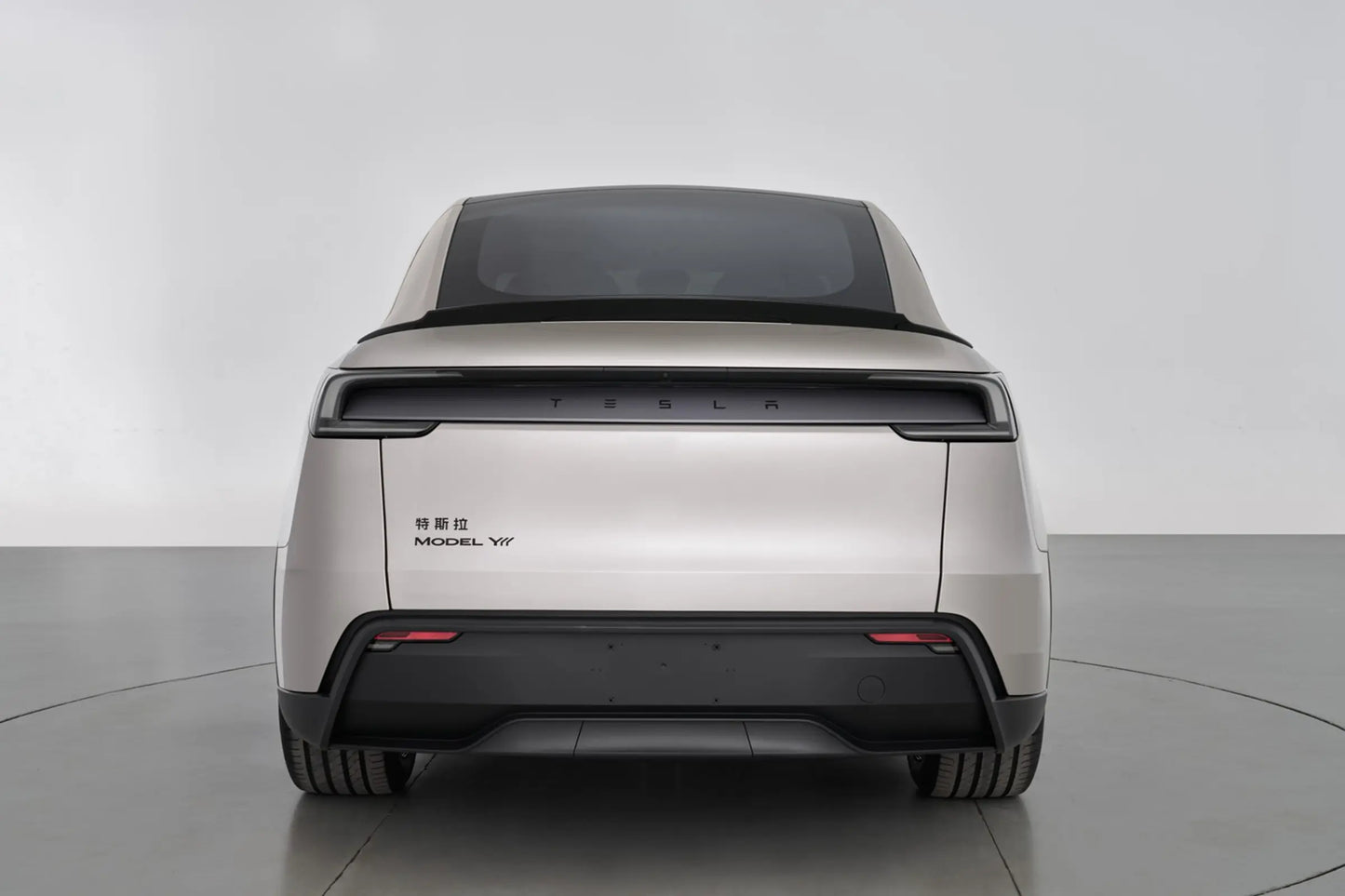

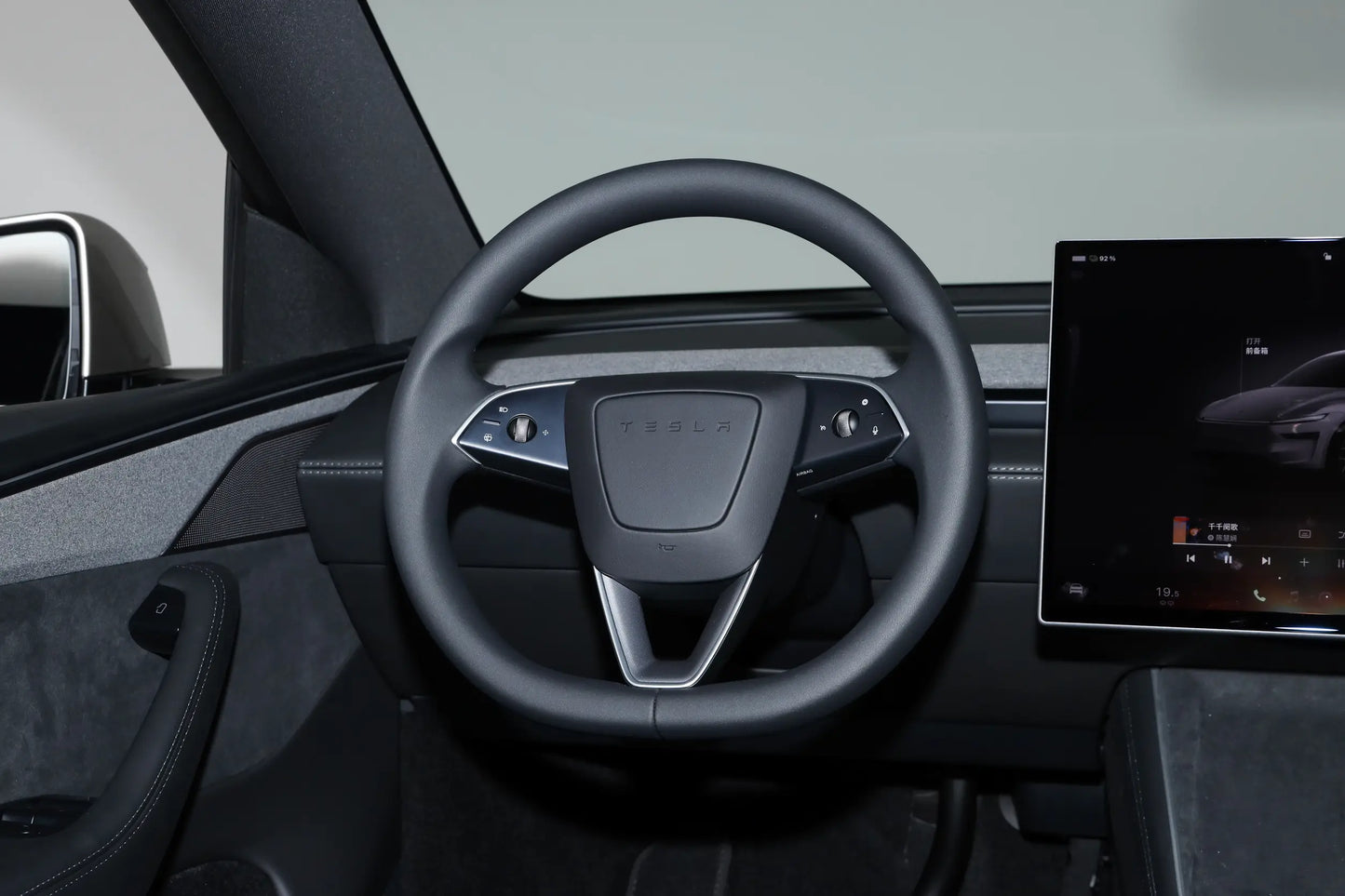
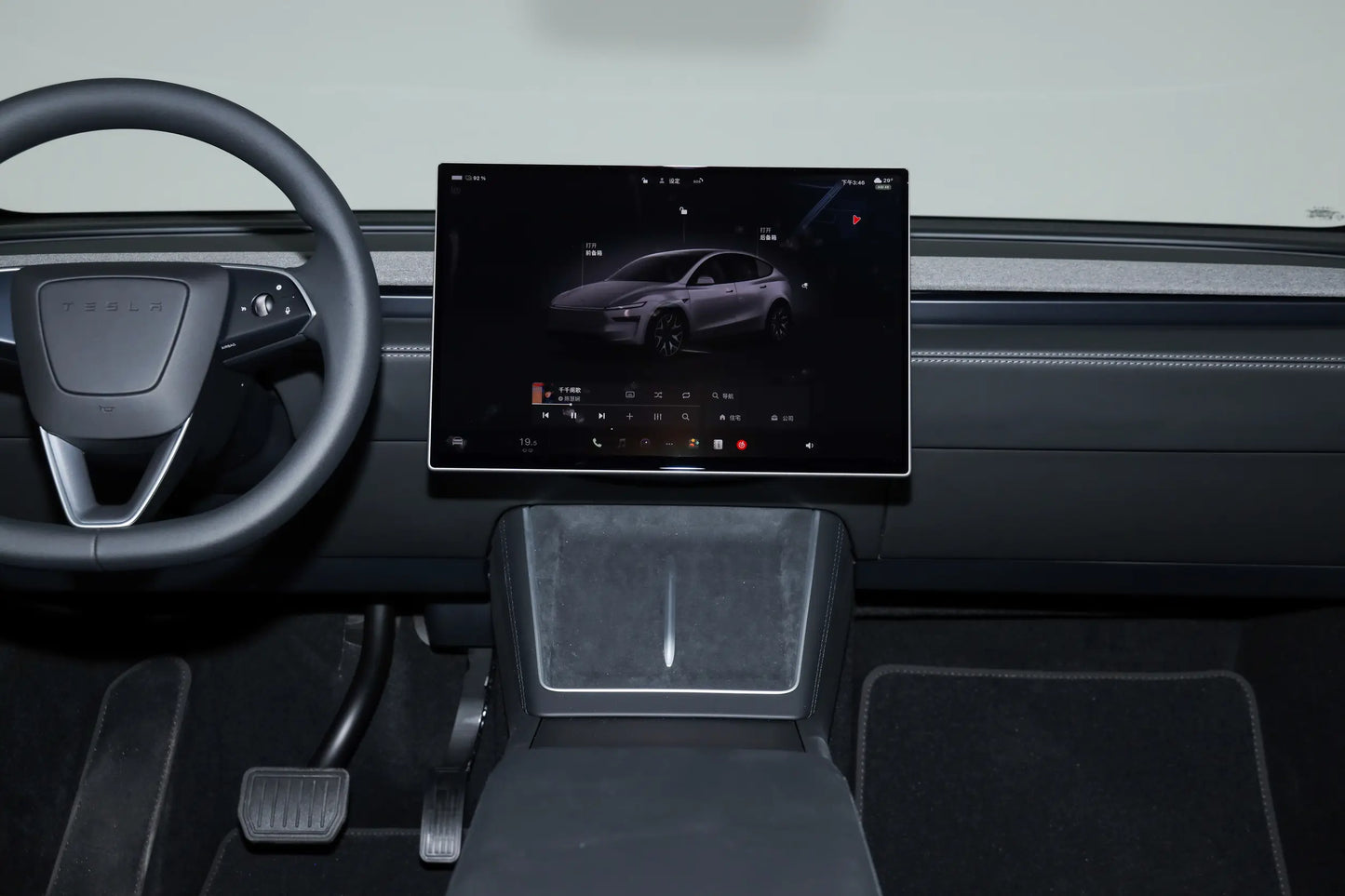
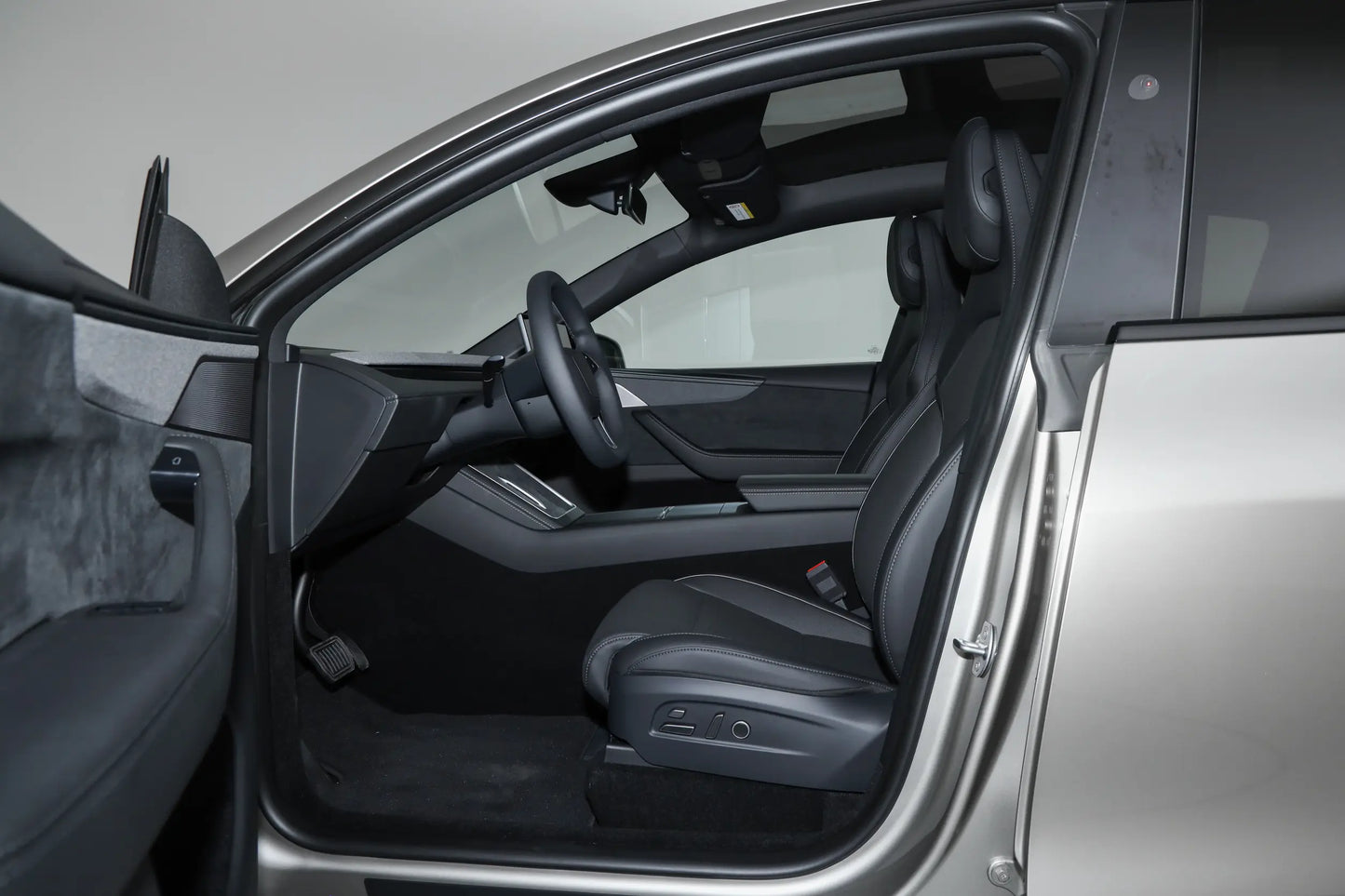
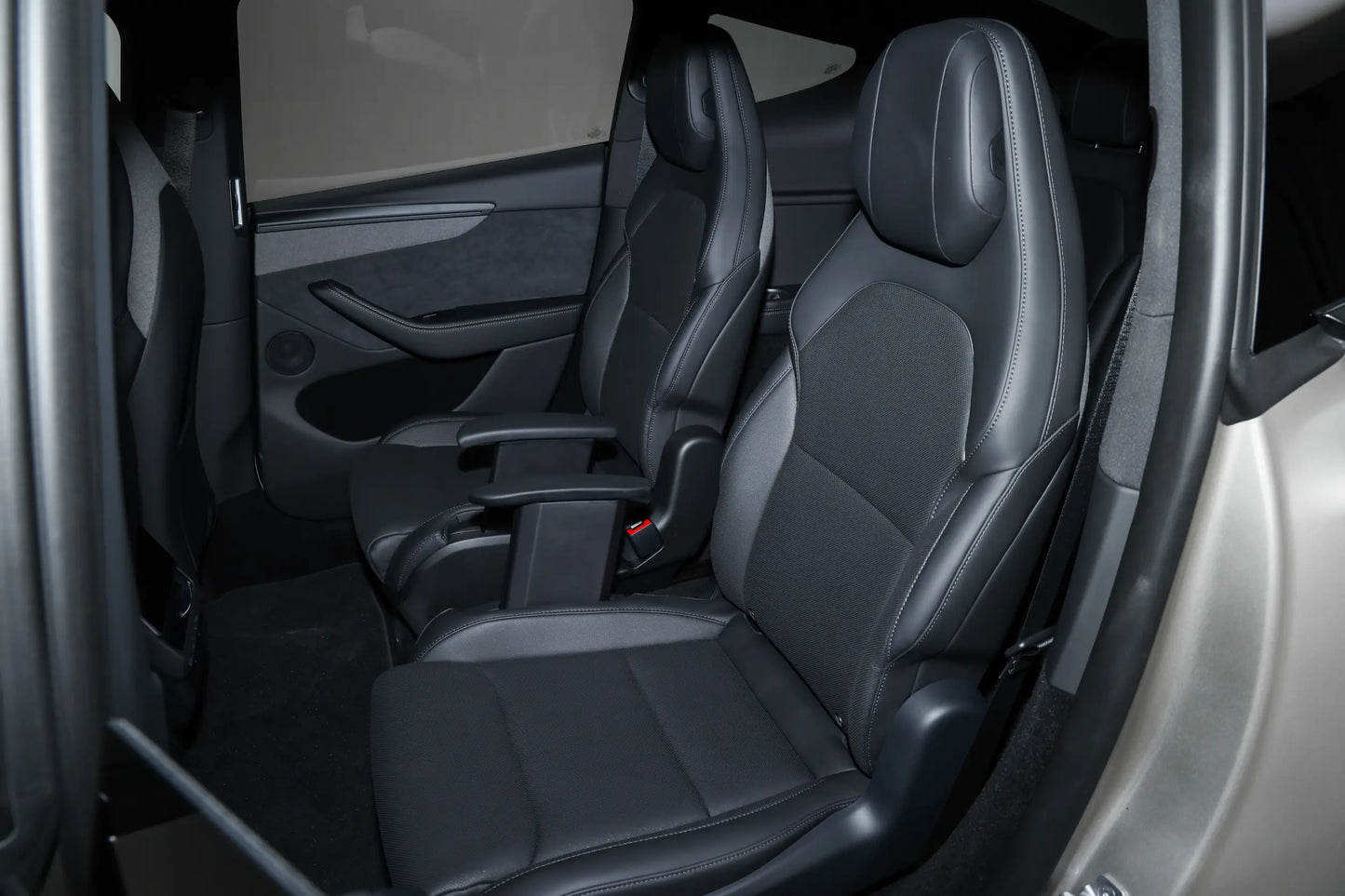

$50,850 USD
-
MarqueTesla
-
Classe VechileMid-to-large SUV
-
Type d'énergieBattery EV
-
Gamme purement électrique (KM)751
-
Poids à vide (kg)2,088
-
Type de batterieTernary lithium battery
-
Puissance totale du moteur (KW)340
-
Puissance maximale (KW)340
-
Couple total du moteur (N・m)/
-
Couple maximal (N・m)/
-
Longueur x Largeur x Hauteur (mm)4,976 × 1,920 × 1,668
-
Temps d'accélération officiel de 0 à 100 km/h4.5
-
Consommation électrique (kWh/100 km)/
-
Consommation équivalente de carburant (électricité) (L/100 km)/
-
Capacité de la batterie82 (kWh)
-
Vitesse maximale (km/h)/
-
Disposition du moteurDual-motor all-wheel drive (front + rear)
-
Transmission
-
IDENTIFIANT
Intérieurs panoramiques
Manuel vidéo
Des prises de vue authentiques sur place pour une expérience immersive des détails du véhicule
Avis clients réels
Source : DCAR
Examen A
[Dynamic Experience]
Performance – The YL is an upgraded version of the all-wheel-drive Y, and its power is very strong. During the test drive, I set the power output to Sport mode. The moment I pressed the accelerator, the car shot forward immediately. When the speed exceeded 80 km/h, I lifted my foot and pressed again, and it quickly accelerated close to 110 km/h. The power response is extremely fast, with no lag at all. Although the YL’s accelerator pedal is suspended, it feels very responsive, with moderate damping—not loose or sloppy—and comfortable to press. When I switched the power output back to Standard mode, the acceleration was still very quick, but less explosive, making the acceleration more linear. Even though YL is a six-seater, it hasn’t leaned toward comfort only; the accelerator still responds promptly, retaining some sporty characteristics.
Braking – Tesla’s single-pedal mode deserves a mention. This was my first experience with it. I first set the deceleration mode to Standard, which engages strong regenerative braking. Then, I set the stop mode to Hold, so the car can decelerate to a full stop automatically. On an empty wide road, the strength of regenerative braking depends on how quickly I release the accelerator. If I release too fast, the deceleration can feel abrupt, which may be uncomfortable for passengers. If I release slowly, it’s similar to gently pressing the brake. Approaching intersections, slow deceleration can bring the car to a stop without braking, but you should always keep your foot near the brake initially. Regarding brake feel, the YL’s brakes are firm and non-adjustable, a bit tiring to press, but the braking is linear—you press, it brakes proportionally, without sudden jumps.
Steering – The steering assist is adjustable, with Comfort, Standard, and Sport modes. In Comfort mode, the steering still feels somewhat heavy, not as light as some other brands. Sport mode makes it tighter; at high speeds there’s almost no slack, and the car feels stable. At low-speed sharp turns or U-turns, it’s quite heavy, requiring some effort. The turning radius is reasonable—about two and a half lanes for a U-turn. The car isn’t very long (under 5 meters), whereas most six-seater Chinese EVs exceed 5 meters.
Chassis – Compared to the new Y, the YL has CDC (Continuous Damping Control) for adjustable suspension stiffness. In rear-passenger comfort mode, the ride is softer, slightly cushioning potholes without excess bouncing. However, compared to comfort-focused vehicles like Li Auto or Wenjie, it’s still firmer, as there’s no air suspension. Switching back to balanced mode, the ride is firmer, offering better support; at high-speed cornering and lane changes, there’s minimal body roll, and the car remains agile and coherent despite its size.
Noise Insulation – The car has double-layer laminated glass front and rear. Wind noise is minimal even at speed, though the 19-inch tires are slightly noisy. Overall, sound insulation is good.
Intelligence – The YL’s FSD isn’t activated like the new Y, but it has an updated voice wake-up system. Previously, voice commands required pressing the steering wheel button. Now, it can be activated with “Hi, Tesla,” and future updates will add AI conversational features. Even though YL appears in the app as a Y configuration, it can be considered essentially a new car, with a noticeably better user experience than the new Y.
[Static Experience]
Exterior – The design is a continuation of the “nested Y” style, slightly larger than the new Y, with minor differences in detail. The YL offers an optional Starlight Gold exterior and new 19-inch Mecha wheels, which make it easy to distinguish YL at a glance.
Interior – The interior adopts a 2+2+2 six-seat layout, with an enlarged front touchscreen. The second-row seats have a powered armrest. The second and third rows are simple—unlike domestic competitors, they don’t have multiple seat buttons or functions. But the second row has heating and ventilation, and the third row has heating, so comfort features are present.
Space – Storage is similar to the new Y, with a front trunk and a large rear trunk. The third row reduces some rear trunk space, and even when folded, it’s not completely flat. For passengers: I am 1.7 meters tall, and the second row provides about two fists of knee room, which is adequate. The third row is unusable for adults—foot space is cramped, and headroom barely fits due to the roofline.
Infotainment – The system is largely unchanged from the new Y. YL features a six-zone voice wake-up system, allowing voice control even from the third row with “Hi, Tesla.”
[Summary]
If you consider the YL purely as a six-seater, it may not be the most cost-effective on the market. But if you value the new Y’s all-wheel-drive version, spending an extra ¥20,000 for the YL offers excellent value. Its true purpose is to provide another option for buyers who insist on a Tesla EV.
Avis B
Driving & Handling
Suspension – The YL uses CDC variable-damping suspension. Compared to the new Y, the ride feels softer and more comfort-oriented, suitable for family use. The chassis still retains overall rigidity and control; the extended wheelbase has not compromised handling.
Turning Radius – Slightly larger than the Y, but the steering remains light and responsive. In tight urban turns with obstacles, extra space is needed for the rear wheels. U-turns on uphill sections are easy, with precise steering and coordinated, timely power response.
Urban Potholes & Rough Roads – The suspension suppresses bumps very effectively, even filtering out minor jolts from manhole covers, making the ride comfortable. On very large dips or uneven surfaces, the vehicle may sway slightly, as the suspension damping adjustment cannot keep up fully, causing noticeable rocking and occasional contact between legs and door armrests.
Highways & Elevated Roads – With wider rear tires, stability and grip are good. During a rainy test drive at 110 km/h while performing rapid lane changes, there was minimal body roll, providing a confident driving experience.
Single Pedal Driving – Once adapted, the single-pedal system is easy to use. Lifting the accelerator controls deceleration. Beginners may find it counterintuitive compared to traditional driving, so it’s not recommended without adaptation.
Brake Pedal – The brake feels firm. Initial braking is fine, but harder pressure is required for emergency stops. After adaptation, it’s acceptable but not particularly comfortable.
Exterior
The front and side have minor changes. The rear is longer and taller to accommodate the third-row seats, which makes the car appear bulky from a 45-degree rear view. The small upward rear spoiler looks slightly awkward; removing it may improve aesthetics. Overall exterior design is subjective.
Dynamic Driving
The downward-sloping front hood provides excellent visibility. At speeds below 60 km/h, wind noise is minimal, but above 60 km/h, wind noise is noticeable. In Comfort mode, acceleration is quick; Sport mode is aggressive, delivering instantaneous acceleration. During a test on a safe section, 0–100 km/h took approximately 5.5 seconds (affected by road and measurement tools). Over a 21 km test route with multiple rapid accelerations, AC at 22°C, and music at level 6, the car’s displayed range went from 189 km to 166 km, achieving nearly 1:1 efficiency—impressive.
Space & Interior
I am 183 cm tall, and all three rows are technically usable.
Front Row – Headroom with the seat fully lowered has two fists of clearance. Legroom is adequate with over one fist of space. Lateral space feels comfortable. The center console storage is deep but slightly inconvenient to reach. The added leg support improves comfort. Overall support is slightly lacking for my height but much better than the Y.
Second Row – Legroom is normal, not cramped, even with the third row accounted for. Electric armrests provide moderate support. Door panel cup holders fit tall cups well, but shorter cups may be unstable.
Third Row – Laterally cramped due to rear suspension intrusion; headroom limited by roofline, with the head close to the glass. Legroom is limited; feet placement is awkward due to second-row sliding rails. Seat height is slightly low, providing insufficient support. Not suitable for long trips.
Trunk Space – Depth and width are decent, but height is limited by the roofline, restricting tall items. Under-floor storage is large and usable for infrequently used items or even conversion to a mini fridge. Folding the third row allows expansion; folding the second row as well creates a very large space, though the floor is not perfectly flat. Adding padding may help.
Materials & Interior Quality
Minimalist design, slightly plasticky.
Front Row – Wraparound ambient lighting is continuous and positioned above the center console, creating a good atmosphere. Door panels use tech fabric; dashboard is microsuede, soft and moderately firm. Steering wheel feels solid and compact. Steering stalk rebound is appropriate. Combined instrument & infotainment screen has increased size and clear display.
Second & Third Rows – Electric seat adjustment feels slightly inconsistent, with noticeable motor noise. The third row has two charging ports and adjustable vents, providing reasonable convenience.
Driver Assistance
During a city & expressway test route in light rain, adaptive cruise and lane-keeping worked well. On complex curved roads, lane keeping was stable with no disengagement or lane intrusion. For occasional highway use, FSD is not essential; standard AP is sufficient.
Entertainment & Infotainment
The car uses in-house audio. The sound is clear, with good soundstage and enjoyable music. Software is basic and usable, without abundant apps. Rear small screen controls climate and media but requires turning the head downward; the display is small, suitable for short trips or casual use.
Minor Issues Noted During Test Drive
Gear selection via touchscreen slide is overly simplistic.
No instrument cluster; all driving data must be checked on the central screen.
Third-row seating is limited, more suitable for occasional use.
Avis C
As someone very familiar with the older Model Y, my first impression of the actual YL is that it still carries the unmistakable Tesla style—both exterior and interior… that familiar “Tesla vibe” is definitely there!
Sitting in the driver’s seat, compared to the refreshed Model 3, the YL—like the refreshed Model Y—brings back the steering stalk, while still keeping the touchscreen gear selector. I actually like this: some fundamental functions feel more direct and reliable when they retain a mechanical feel.
The front interior is similar to the refreshed Y, but compared to the older Model Y, the steering wheel feels slightly thin. If I had to judge by steering feel alone, I personally find the grip of the older Model Y more comfortable.
The rear passenger comfort, compared to the 5-seat Model Y, is improved. The second-row seats have electric adjustment, with a fairly large range for fore-aft movement and seatback angle—at least if the third row is not considered—allowing for flexible space use. One small gripe: although the second-row armrests are motorized, they don’t feel like ergonomic office chair armrests—let alone a gaming chair—they feel very thin, and their size and position are a bit awkward. With my usual seating posture, my elbows hover in the air, making them less comfortable than traditional seatback armrests. If it weren’t for the large panoramic roof overhead, I might almost feel like I shouldn’t be sitting cross-legged here, but rather hunched over at a desk aligning PPT slides.
Now, regarding the third row: with the second row in use, two adults can fit in the third row in an emergency—note, only for short trips. The most reasonable scenario is a group heading out to eat: “We’ll be there in a few minutes, squeeze in!” Due to the sloping rear design, headroom in the third row feels cramped. From the rear corner view with the trunk open, it almost looks like a convertible. I don’t understand why they insisted on this shape—if it’s already a 6-seater, why not make the D-pillar more vertical? And while it is labeled as a 6-seater, it’s not on the same level as many other 6-seat Chinese EVs currently on the market.
Opening the trunk, in the 4-seat configuration, cargo capacity increases significantly—similar to other three-row SUVs. The second and third rows also support one-touch electric folding. However, for anyone trying to convert it into a small camper with a mattress, the independent second-row seats aren’t very friendly, and width is limited. Removing the third-row armrests only allows two people to sleep here, and just barely.
Regarding driving experience: the 20 cm longer body, compared to the refreshed Y, can be a drawback during aggressive driving. The car no longer feels as nimble; the rear feels a bit loose, even with 275-wide rear tires. For daily driving and moderate turns, however, it’s sufficient. That said, for drivers seeking sportiness and handling, there’s always the Model 3.
In summary, the Model YL still aligns with Tesla’s usual style. It’s easy to drive. The 20 cm longer body allows for 6 seats and independent second-row seats, but comes at the expense of some sharp-handling agility. What you gain is a slightly better passenger experience than the refreshed Y. The 6-seat layout is mostly for emergencies; used as a 4-seater, it’s very comfortable, with two independent seats and a huge trunk—quite nice.
I believe the positioning of this car is very clear. The keywords are: four seats, small family, dad, and mom.

Qui est ZEEX AUTO ?
Nous sommes profondément ancrés sur le marché automobile chinois depuis de nombreuses années. Nous pouvons vous aider à trouver des voitures à bas prix (neuves et d'occasion) et disposons d'une expertise complète en matière de conformité pour les exportations automobiles. Si vous souhaitez importer une voiture chinoise , n'hésitez pas à nous contacter.








